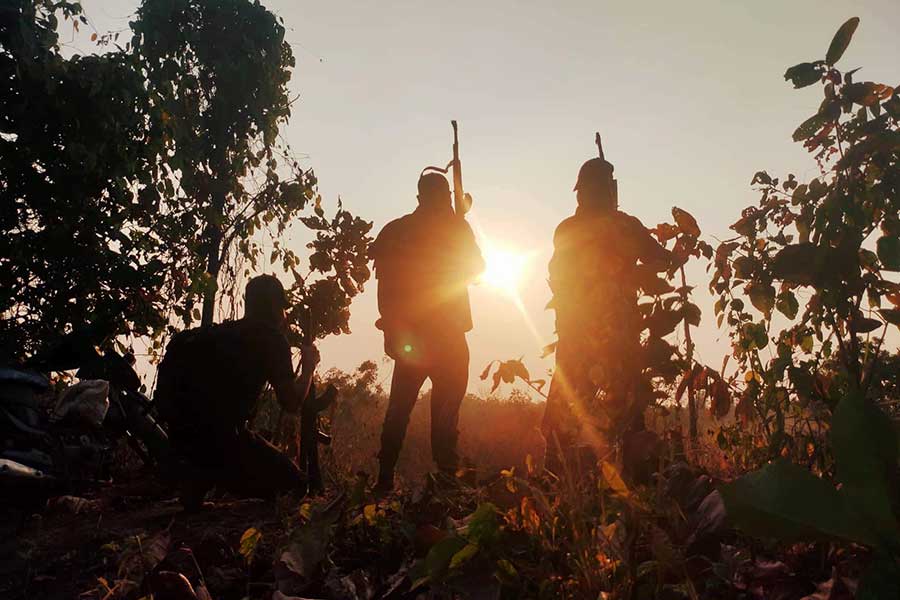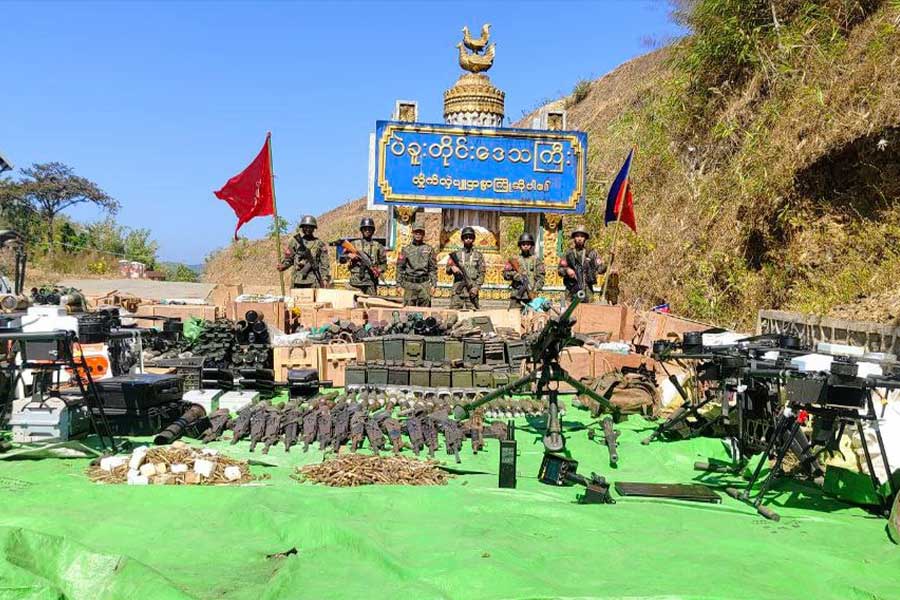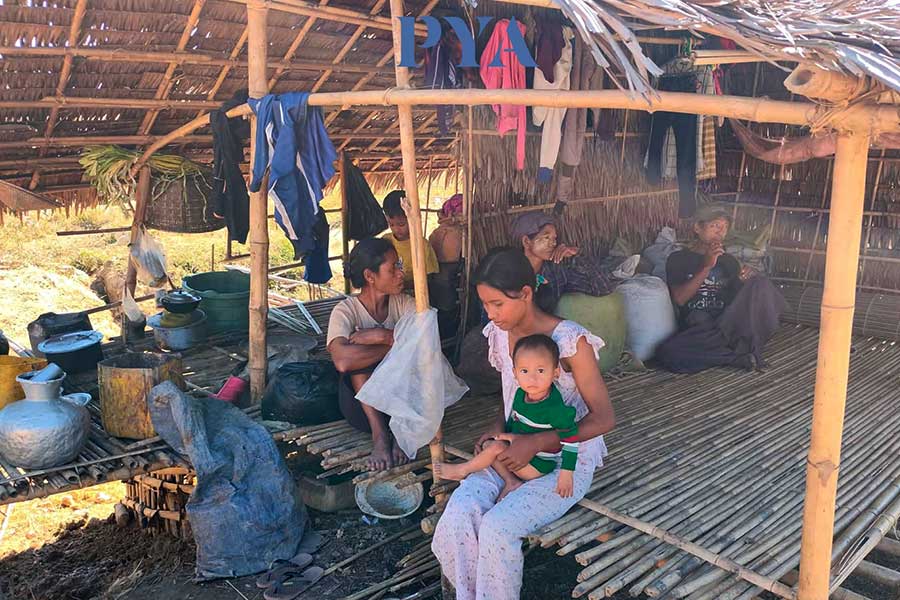Fighting increases by 58% over April to March period: advocacy group
Fighting in Myanmar increased by 58 percent from April 2022 to March 2023 compared with the previous year, according to figures compiled by BNI-Myanmar Peace Monitor.
06 Oct 2023

DMG Newsroom
6 October 2023, Sittwe
Fighting in Myanmar increased by 58 percent from April 2022 to March 2023 compared with the previous year, according to figures compiled by BNI-Myanmar Peace Monitor.
BNI reports that outbreaks of fighting were more widespread across both mountainous terrain and flatlands compared to the previous period, and the intensity of the fighting also increased.
“The ethnic armed organisations, the National Unity Government (NUG) and the People’s Defence Force (PDF) have joined together and are accelerating the resistance war,” said an official from BNI-Myanmar Peace Monitor. “On the other hand, as the fighting escalated, the military regime launched offensives and airstrikes, causing more and more battles.”
During this year, military cooperation among resistance forces has become significantly stronger, and there is a possibility that the fighting will continue to intensify, according to BNI.
As the Spring Revolution gained momentum, the military regime increased its aerial bombardments, with 326 airstrikes between January and September 26, 2023, according to BNI data.
There were 46 airstrikes in 2021 and 187 in 2022, meaning there were more airstrikes in the first nine months of 2023 than in the previous two years combined.
BNI documents show that the direction and targeting of the regime’s airstrikes have targeted unarmed civilians more than armed resistance forces.
“The fighting is likely to intensify and a decisive battle will not happen,” said U Pe Than, an Arakanese politician. “If the other side is hurt, it may become a discussion due to the sponsorship of other organisations or other countries. Otherwise, if both sides fight to the end, the country may collapse.”
As the fighting has intensifies, the number of people fleeing their homes is also increasing. Currently there are more than 2 million people fleeing the war in Myanmar, according to BNI.














.jpg)


